Ovulation Calculator: 33 day cycle when do I ovulate?
Our easy-to-use ovulation calculator will help work out when you're most fertile.
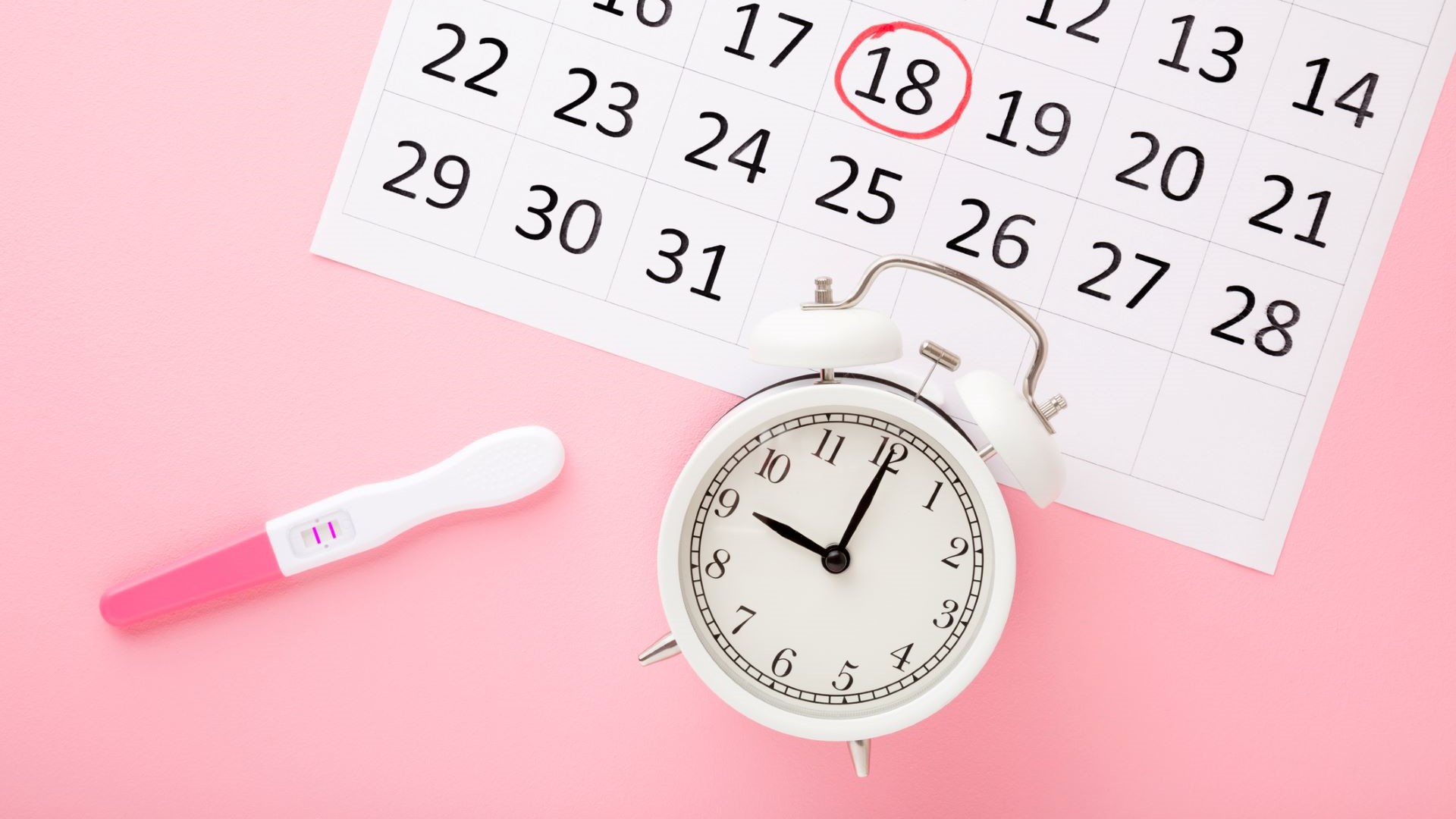
An ovulation calculator can help to identify when you are most fertile and the days of the month when you have the best chance of getting pregnant.
Using an ovulation calculator is a great way to predict when ovulation might happen and increase your fertility or increase sperm count in your male partner. Plus it can also help take away some of the confusion around tracking cycles naturally - especially if your periods aren't regular.
Menstrual cycles vary from 22 to 36 days. An 'average' cycle starts on day one of your period and continues to the day before your next one, about 28 days on average. When trying to conceive, pinpointing ovulation is key. Eating fertility-boosting foods like leafy greens, berries and oily fish can also help you or your partner get pregnant. "Some people find it reassuring to monitor signs of ovulation and feel confident they are taking control over their fertility," says Dr Matthew Prior, fertility consultant.
Find out how to use an ovulation calendar, discover how reliable they are and find out how to track your fertility using other methods.
Ovulation Calculator
What is an ovulation calculator and how does it help you get pregnant?
An ovulation calculator helps you to estimate how likely you are to ovulate on certain days in your cycle so you can identify your most fertile days, the ones that are prime for conception. These calculators work by taking the first day of your last period and the length of that menstrual cycle to give a range of days when you may release an egg.
"Ovulation calculators can provide you with a generalized idea of when your day of ovulation might be," says Dr Tiffany Pham, OB-GYN and medical advisor at Flo Health. "However, most people tend to have some degree of variation in their cycle length. Therefore, the results should be interpreted as estimates, as the actual day of ovulation can vary between cycles and from person to person."
If you've been tracking your cycle for a while, and are wondering why can't I get pregnant, Dr Matthew Prior says says it might be time to relax a little.
GoodtoKnow Newsletter
Parenting advice, hot topics, best buys and family finance tips delivered straight to your inbox.
"Some research shows that getting too hung up on your cycle can cause more stress and take away the enjoyment of trying to conceive causing unnecessary pressure," he says. "If this is the case it may be a good idea to stop monitoring for a few months."
This was true for mum-of-two Sara when she was trying to conceive her second child. "My partner and I got so hung up on my fertile days that having sex became a practical thing to do, rather than something that brings you closer," she explains.
"I would go so far as to say it ruined our sex life, so we made a decision to throw the calendar out and instead, just have sex whenever we felt like it. Within two months, after 18 months of trying, I discovered I was pregnant, so I firmly believe stress can cause temporary infertility."
How to use our free ovulation calculator
Our ovulation calculator helps you identify when you're ovulating, i.e. releasing an egg, on a certain day of your menstrual cycle. It could help you to further identify your most fertile days and so help with conception.
For our ovulation calculator you need to know your average menstrual cycle and when your luteal phase begins. The luteal phase is the second half of your menstrual cycle, which starts after ovulation and ends with the first day of your period.
Your luteal phase usually lasts 12 to 16 days, with an average of 14 days for most women, so if you’re unsure we’d recommend choosing 14 days on the calculator.
As with most ovulation tools, be aware that the dates given are an estimate and as Mr Raef Faris, from the Lister Fertility Clinic, says, they can’t guarantee the ovulation date will be 100 percent accurate.
If you conceive outside of your ovulation dates for example, this will impact your due date. If you have any doubts, it's best to contact your GP, especially as there are a whole number of factors, from age to conditions like endometriosis, that can affect fertility.
Downloading and using calendar apps on your phone are also a way to track period dates and cycle lengths, to predict when you might ovulate. Though, Fertility Nurse Kate Davies from Your Fertility Journey says a calendar app could be misleading. "[Ovulation] is usually estimated to be around the middle of your cycle. However, it is well documented in the research that even having a regular 28-day cycle doesn’t mean you will always ovulate on day 14.
"I got so hung up on my fertile days that having sex became a practical thing to"
"Therefore, using and relying solely on a calendar app can actually be misleading. I encourage women to consider observing their natural fertility indicators (temperature and cervical mucus) and using this information to become empowered and knowledgeable on their cycle, fertility, and ovulation."
Dr Tiffany Pham says combining ovulation calendars and apps with natural signs of ovulation can be more helpful. "Ovulation calculators can be used in conjunction with other methods such as tracking body temperature, monitoring cervical mucus, or using urinary ovulation predictor kits (OPKs) to help you enhance your understanding of your menstrual cycle and fertility chances. For example, rather than using the urinary OPKs daily throughout your cycle, you might be able to narrow down the days closer to your estimated ovulation date with the help of these ovulation calculators to use the strips."
What is an ovulation calendar and how do you use one?
An ovulation calendar is a tool used to help identify your most fertile days, it can also help you to track your menstrual cycle. After working out the ovulation date using the ovulation calculator, many couples turn to an ovulation calendar - sometimes known as a fertility calendar - to figure out the days of the month where they're most likely to conceive if they have sex.
It works as sperm can live in the body for up to five days after sex, so conception can occur even if you've had sex four or five days before ovulation begins. The fertility window is normally around six days, as that is the amount of days that the egg and sperm can survive. To figure out this fertile period, plot your menstrual cycle on a calendar then count back 14 days from the expected last day of your next cycle. This will be your most fertile day.
Will using a fertility app help me get pregnant quicker?
There are a number of paid-for and free apps that will do this for you - such as Clue. It's worth bearing in mind though, that recent studies have highlighted the lack of regulation in the fertility app market.
Surprisingly, a 2020 study into the features available with paid fertility apps and free fertility apps found that free apps provided more robust features than paid apps for tracking women's fertility. Researchers also found that nearly a third of fertility apps tracked signs like basal body temperature but didn't use that data to improve their fertility predictions. So women were wasting time and effort tracking those signs.
They also found that less than half the apps used evidence-based methods to estimate the fertile window. However, those methods still had inaccuracies. Worryingly, only 20 percent of the apps warned that their predictions could be inaccurate.
Another research study, which looked at 221 women who were trying to get pregnant, found that only 30% of the participants had their fertile window within days 10 and 17 of their cycle - which is the days identified by clinical guidelines. Many of the women in the trial actually reached their fertile window earlier or later, proving that it can be highly unpredictable, even if you have regular periods.
What are the physical signs of ovulation?
As your body gears up to ovulate, you may notice some changes that signal your prime babymaking days. Many women experience more vaginal discharge around ovulation. It becomes wetter, clearer, and stretchier - like raw egg white. This fertile-quality mucus helps sperm survive their journey to meet the egg.
Around the time the egg is released, you may also notice:
- Light bleeding or spotting
- Breast soreness
- Increased sex drive
- Mild one-sided abdominal pain
Basal body temperature (BBT) tracking allows women to pinpoint when ovulation has occurred in a menstrual cycle. After you release an egg, your progesterone levels rise, slightly increasing your resting body temperature by 0.2 to 0.6 degrees Celsius.
You can track your basal body temperature over several menstrual cycles. When you see it shift upwards, you know that you have already ovulated. Measuring basal body temperature is considered a safe and natural way to track ovulation. However, it doesn't predict future cycles, and some studies have found that it is only 22 percent accurate in detecting ovulation. So, it's a good idea to use other indicators like cervical mucus quality and ovulation test strips to get the best picture of your fertility window.
When will I ovulate? How to work out your ovulation date
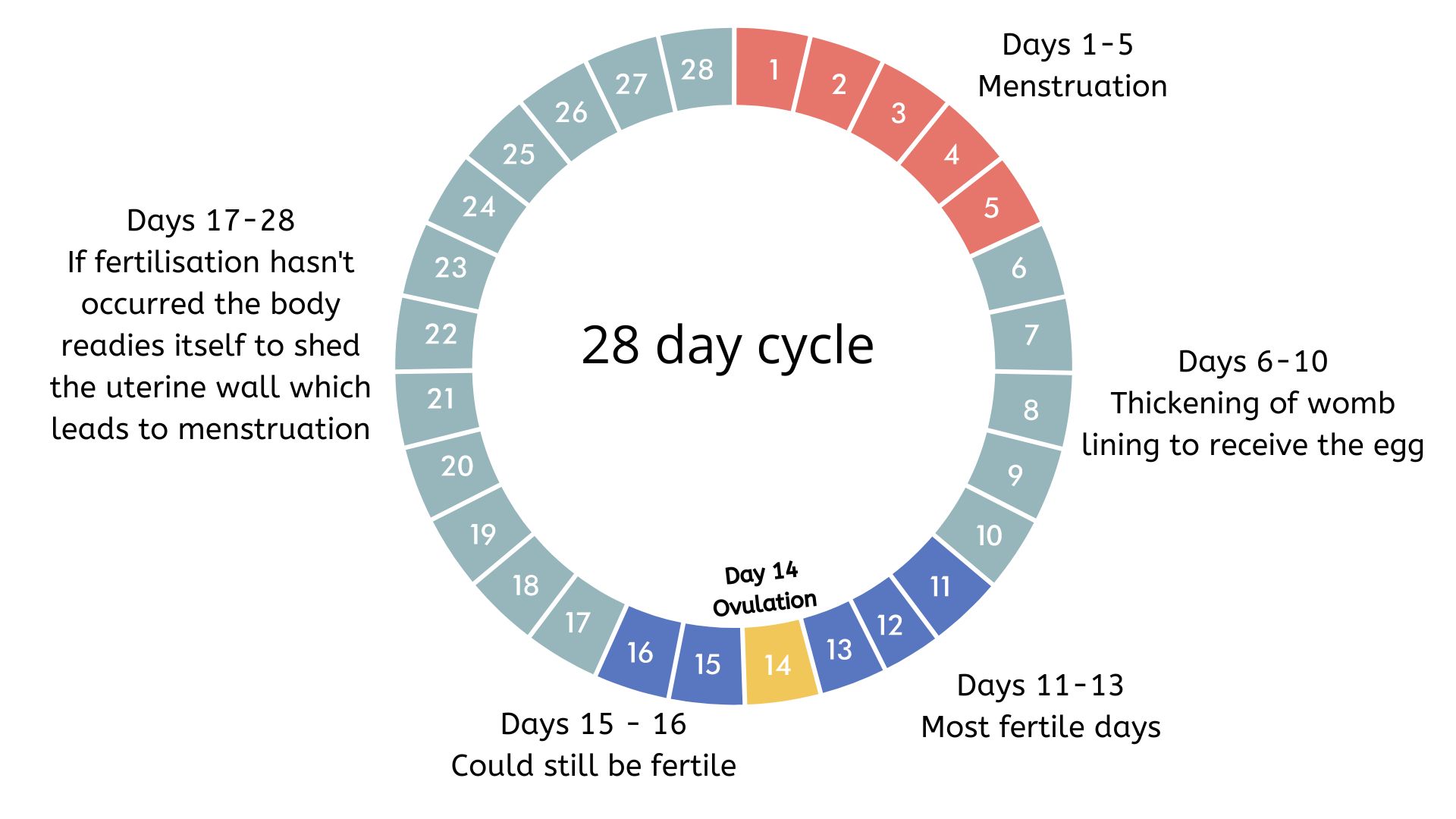
Ovulation happens about 14 days before your period starts, also called menstruation. What's normal on your period differs from person to person, but bleeding from three to seven days is considered the norm. While it may feel short, three days of bleeding is still considered normal as long as you're menstruating regularly. And each full menstrual cycle can last anywhere from 21 to 35 days.
Some examples of ovulation dates are:
- If your average menstrual cycle is 28 days, you ovulate around day 14, and your most fertile days are days 12, 13 and 14.
- If your average menstrual cycle is 35 days then ovulation happens around day 21 and your most fertile days are days 19, 20 and 21.
Studies in the British Medical Journal show that only about 30% of people have a a fertile window entirely within days 11-13, and that most people reach their fertile window earlier and others much later. This means that the timing of their fertile window can be highly unpredictable, even if their cycles are usually regular.
But if you want to try it, here's an easy to follow guide to working out your ovulation date...
Step-by-step guide to working out your ovulation date
Step 1: Your menstrual cycle
When your next period starts, make a note of the date. The following month, when your period comes again, make a note of this date, then count the days in between. This will give you your cycle length. You may need to do this for more than one month and take the average, especially if your cycle isn't regular. Remember also that coming off the contraceptive pill will reveal your true menstrual cycle.
Example:
- Period starts = 1st January, Next period starts = 3rd February
- Days in between (including 1st Jan but not 3rd Feb) = 33 days.
- This means your menstrual cycle length is 33.
Step 2: Your fertile dates
Using our ovulation calendar, find the right number in the menstrual cycle length column (33 for the above example) and read across for your ovulation day and most fertile days.
| 22 | Day 8 | Days 7-9 |
| 23 | Day 9 | Days 8-10 |
| 24 | Day 10 | Days 9-11 |
| 25 | Day 11 | Days 10-12 |
| 26 | Day 12 | Days 11-13 |
| 27 | Day 13 | Days 12-14 |
| 28 | Day 14 | Days 13-15 |
| 29 | Day 15 | Days 14-16 |
| 30 | Day 16 | Days 15-17 |
| 31 | Day 17 | Days 16-18 |
| 32 | Day 18 | Days 17-19 |
| 33 | Day 19 | Days 18-20 |
| 34 | Day 20 | Days 19-21 |
| 35 | Day 21 | Days 20-22 |
| 36 | Day 22 | Days 21-23 |
Step 3: Your ovulation date
Work out your ovulation and most fertile dates. For the below example:
- First day of last period = 3rd February 2021
- Cycle Length = 33
- Ovulation (19 days later) = 22nd February 2021
- Most fertile (18-20 days later) = 21st and 23rd February 2021
Once you know your ovulation date, as a rule, you are most fertile the day before, during and the day after.
N.B. These figures are based on averages and should be used as a guide only. Days and dates may differ from person to person.
How to track your fertility
While using our ovulation calculator can help you to work out your ovulation date, there are other ways to work out when you might be ovulating too, according to our experts.
"There are a few methods used mostly depending on the hormone surge that occurs prior to ovulation." Mr Faris says, "This includes temperature rise, cervical mucus and urine ovulation."
He warns, however, "They may not be accurate as some women may not show signs of ovulation, but would have ovulated already. The best advice would be trying naturally (every 2-3 days) soon after the period is over till day 20 of the cycle, but it could be extended (depending on the length of the cycle)."
While Dr Matthew Prior explains, "Some women can tell if they are ovulating where others can’t. When you ovulate, you may notice a change in your discharge and a slight increase in temperature or change in urine ovulation predictor kits."
"While these are all useful tools there is no evidence to suggest monitoring your cycles improves your chance of getting pregnant. This is because sperm can survive for several days in the reproductive system so as long as you are having sex every couple of days it is not important to get the timing to coincide with ovulation."
Nurse Kate Davies says finding out your most fertile date may require a mixture of various methods. "All these fertility indicators, used together, can give you a reliable indication of when you are in your fertile time. You can choose to use systems to help you interpret your physiological data such as Apps and fertility monitors and some women also choose to use ovulation predictor kits to help identify when ovulation is about to occur."
Shop fertility aids
Clearblue Digital Ovulation Test Kit
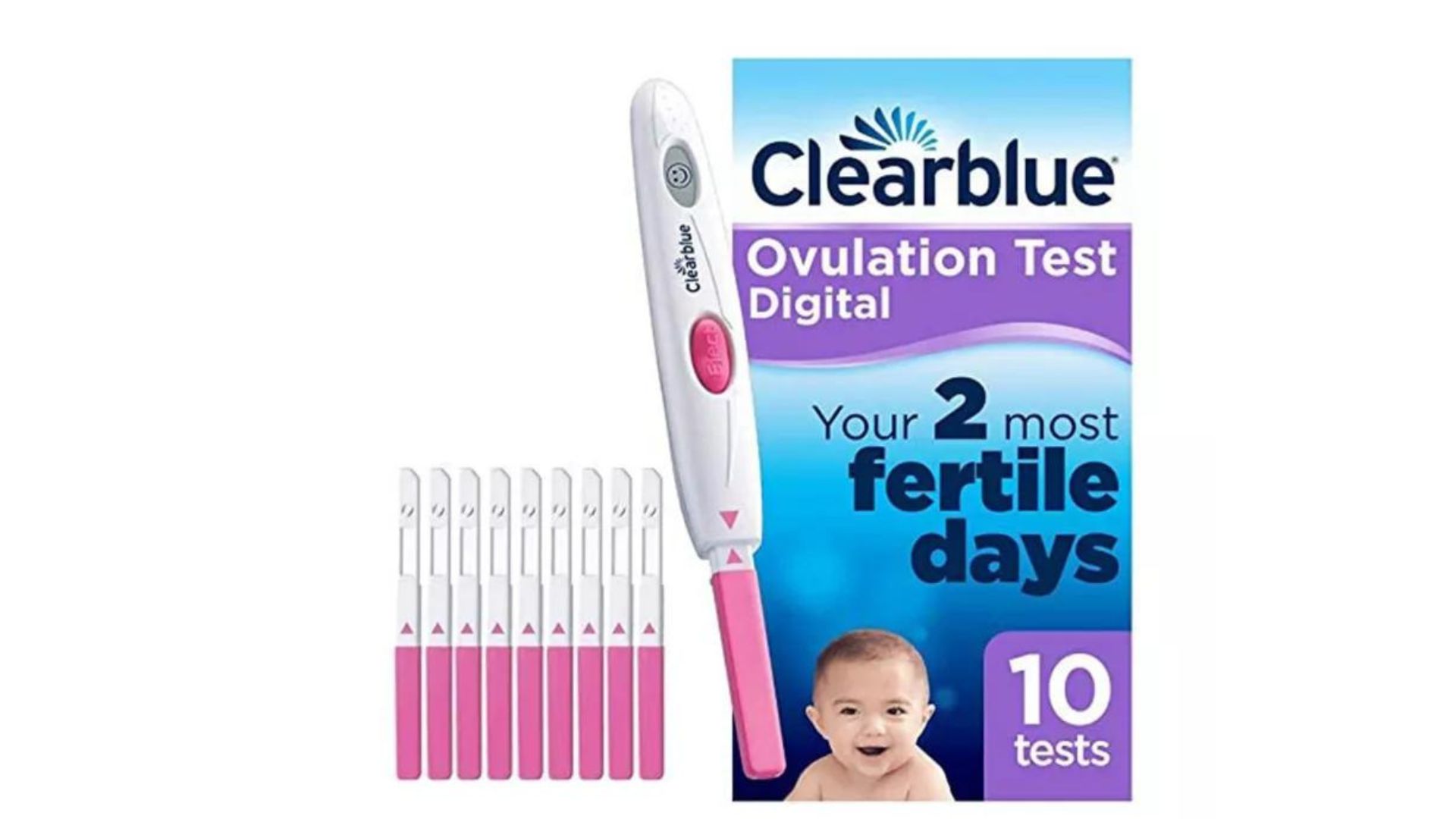
Make use of this at-home urine test to work out the two days of the month that you are most fertile, making it that little bit easier to conceive. This test is easy to use and easy to read, making the whole process as simple as possible.
Mum Nicole credits these ovulation tests with helping her conceive her much-longed for baby girl. "We tried for a year without any success, so one day I saw these tests and thought we had nothing to lose," she explains. "It really helped me understand when I was more fertile and as I've not always had regular periods they were more useful than a calendar. They are also super easy to use and can be taken anywhere so useful if you're going on holiday!"
Easy@Home 50 Ovulation Test Strips
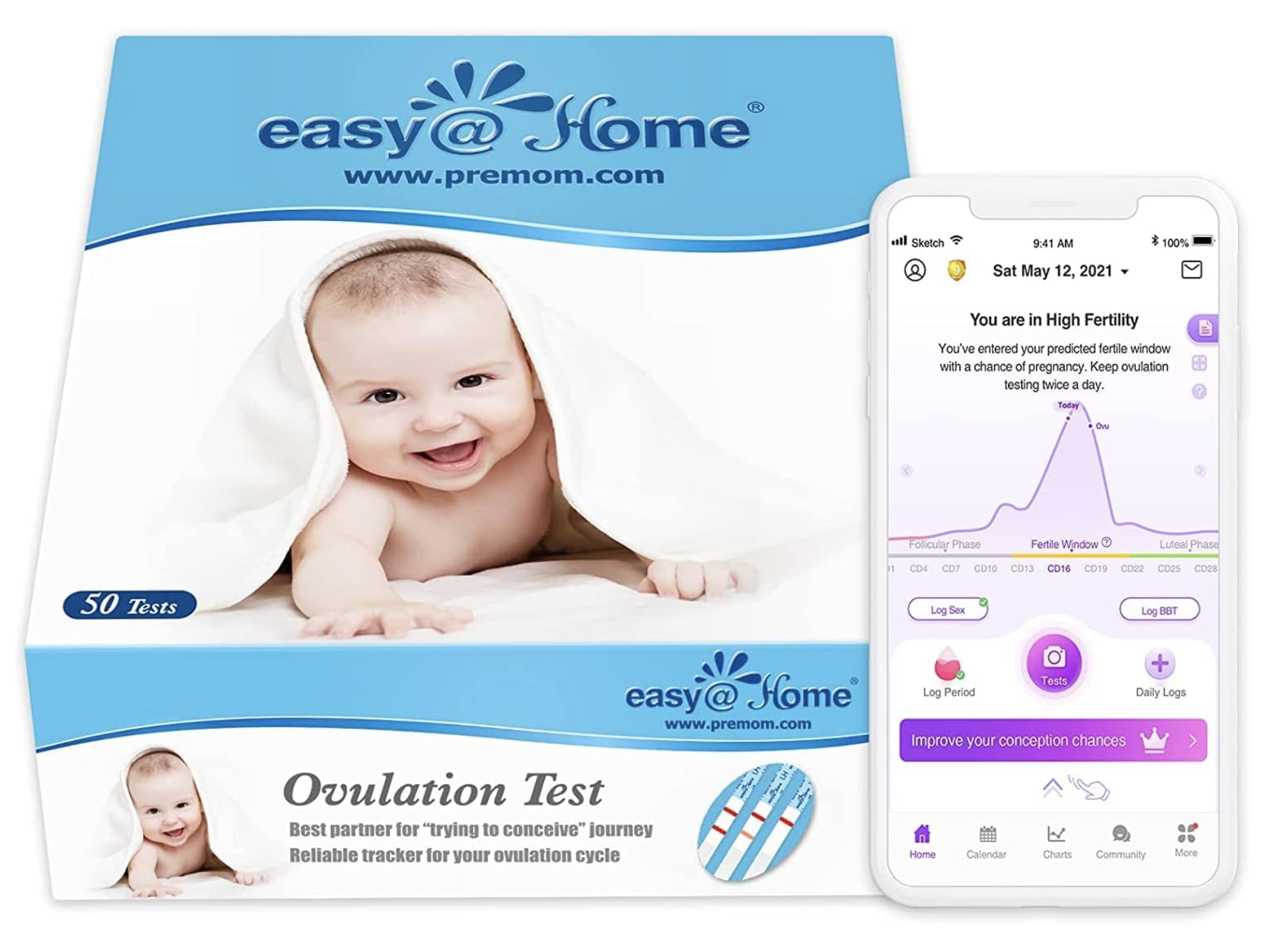
Another way to track your most fertile days, simply test these strips in a urine sample, leave it in there for 5-10 seconds, and read the results according to the instructions that come in the pack - it couldn't be simpler.
One mum told us, "With Easy@Home tests stripes, you simply take a photo and upload it to the app - it will read the image and tell you if your fertility signals have peaked. I was so shocked at how different my peak days were with this, compared to traditional fertility tracker apps - they were days apart. I would highly recommend, as you also get a lot for your money."
Conceive Plus Fertility Lubricant + Magnesium and Calcium

This fertility lubricant claims to help support sperm viability in order to help you to conceive, and help make the process easier for you and your partner.
"Using a lube with 'Conceive plus' written on the side isn't the biggest passion driver", one mum told us."But, when you're trying, you'll give anything a go! It's hard to know if it helped or if things would've happened anyway... I did like the fact it took away the worry of other lubes reducing our chances though."
Seven Seas Trying For A Baby - 28 pack
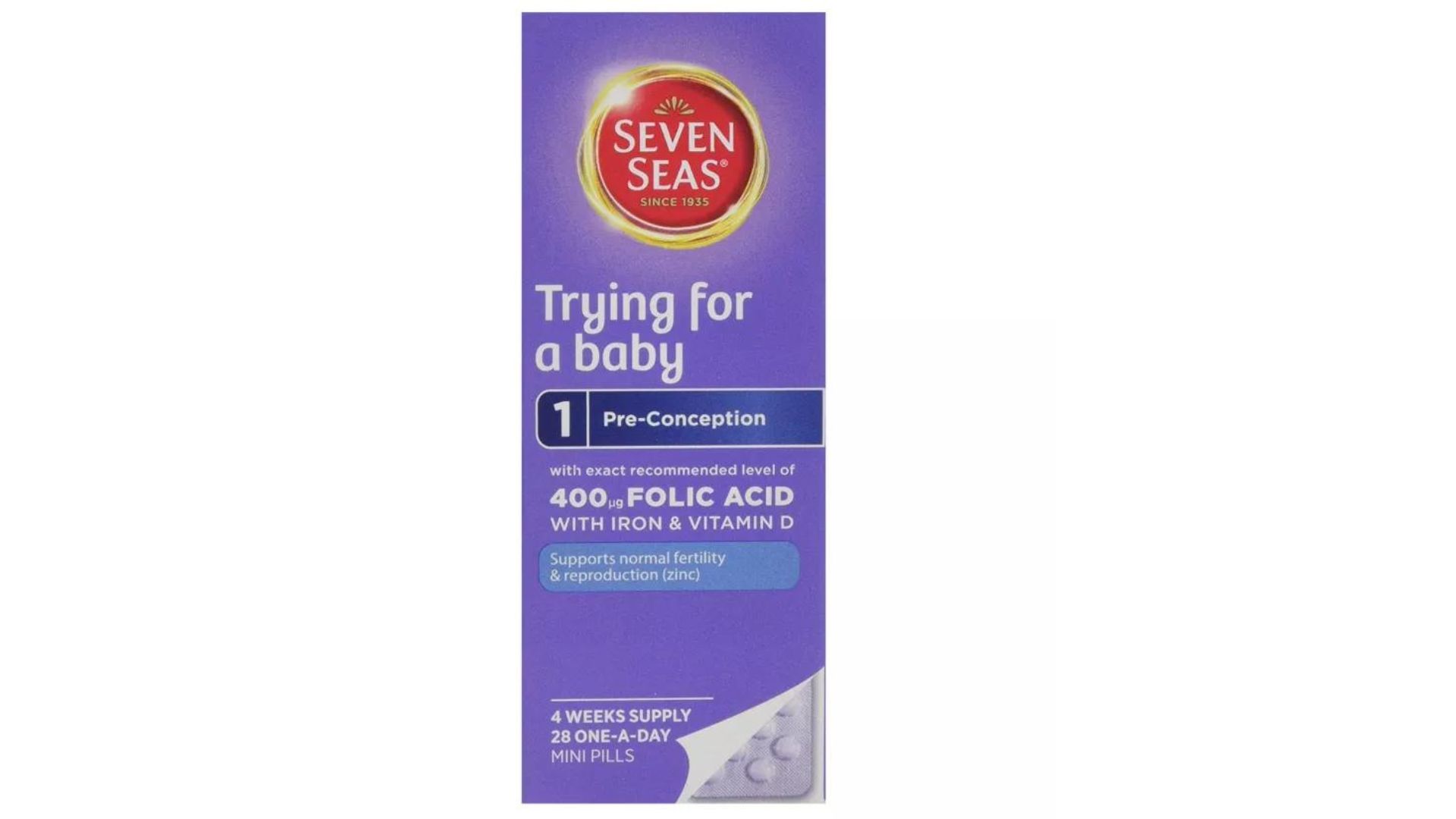
This pre-conception supplement contains folic acid, which is often recommended to women who are looking to fall pregnant. It's also advised for some women to continue taking folic acid into the first 12 weeks of pregnancy, but it's important to consult your doctor on taking supplements during your pregnancy.
'Prices for pre-natal supplements can really vary, but I found these to be the most reasonable as they're usually under a fiver," one mum told us. "I also liked that these are so small, you can swallow one without water."
Wellman Vitabiotics Conception 30 Tablets
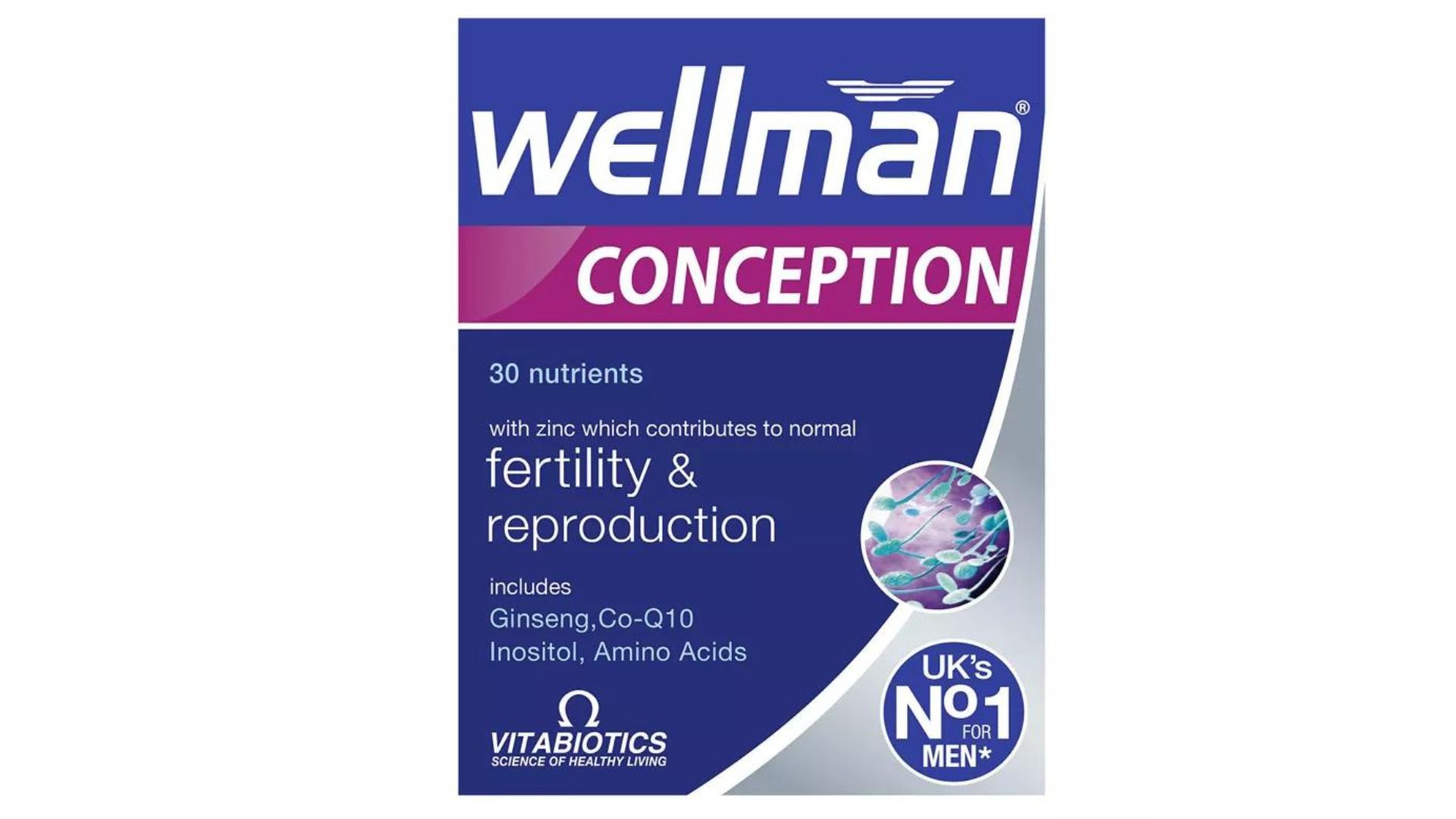
These tablets provide a combination of vitamins, minerals and bio-active nutrients to help with conception and spermatogenesis - the production of male sperm. It also includes zinc, which is said to be an important mineral for the male reproductive system.
SpermCheck Fertility Home Sperm Test Kit
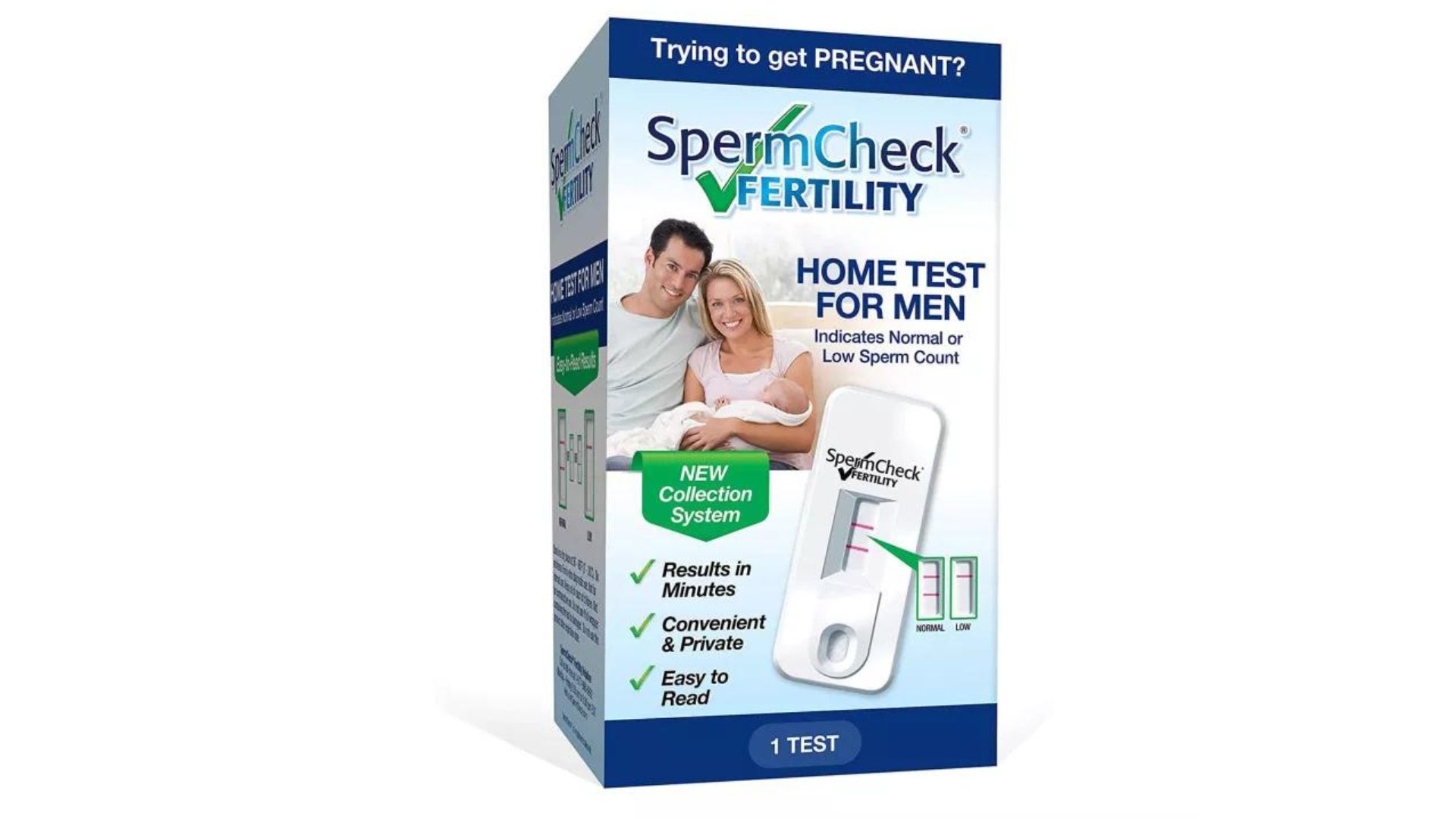
Combine this easy-to-use at-home test kit with an ovulation calculator to boost your chances of conceiving. It can help to determine the concentration of sperm in your partner and whether his sperm count is within the normal range. It is advised however, that you seek medical advice if you are having trouble conceiving as they will be able to offer more comprehensive results on sperm count.
BABYMAD Basal Thermometer for Ovulation
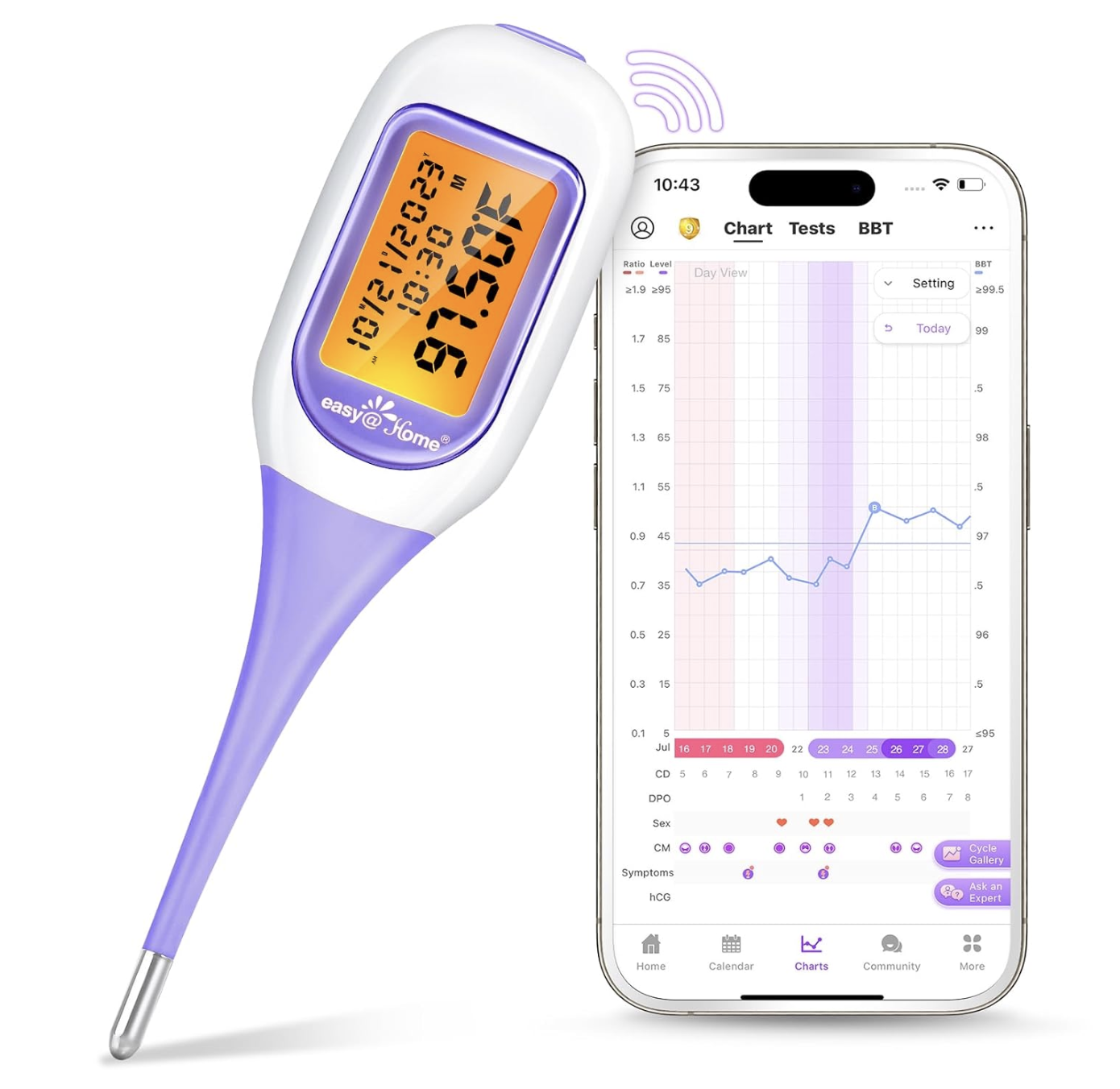
This thermometer will help you spot even the smallest rise in your body temperature which is one sign of ovulation. This will help you to calculate your fertility window and help you plan as much as possible the ideal time for conception.
Will my fertility lessen with age?
For many years, women have been told about the ticking time-bomb of fertility and that it drops from the mid-30s. However, there has simply not been enough research in this area. In 2004, a study published in the the Human Reproduction journal cited the scary statistic that just one in three women ages 35 to 39 will not be pregnant after a year of trying. However, what wasn't so well publicised is that the dates used in this study were French birth records from 1670 to 1830, a time when there weren't the medicines and scientific knowledge there is today.
Another study published in the same year, and using a more modern data source, actually found that found that 82% of women aged between 35 and 39 fell pregnant within a year.
So while it can be harder to conceive at a later age, it's not impossible and in fact many fertility problems experience have nothing to do with age.
I have irregular periods, when will I ovulate?
No matter the length of her period, every woman ovulates about 14 days before her next period. So, if you have a 28-day cycle, you'll ovulate on day 14, and if you have a 32-day cycle, you'll ovulate on day 18.
Mr Faris advises that the ovulation date in this case could vary, so "it would be useful to try regularly after the period and not to rely on the ovulation kits." This is because, as Dr Matthew Prior says, "Having regular periods is the best sign of ovulation. In fact, fertility specialists may not even advise bloods to check if ovulation has happened because regular cycles are a sure sign of ovulation."
Are there any physical signs that I'm ovulating?
As well as a rise in temperature and cervical mucus, there are some other physical signs that might be able to tell you that you're ovulating. These might include:
- A slight twinge of pain or mild cramps in your lower abdomen (think very mild period pains)
- Bloating
- Breast tenderness
- Some light spotting
- An increased sex drive
Our panel of experts;

Dr Matthew Prior is a fertility consultant based at the Newcastle Fertility Centre at the International Centre for Life. Reproductive medicine is his specialty.
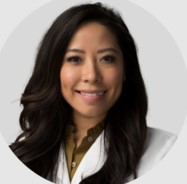
Dr Tiffany Pham, MD is an Obstetrics & Gynecology Specialist and a medical adviser for Flo Health.
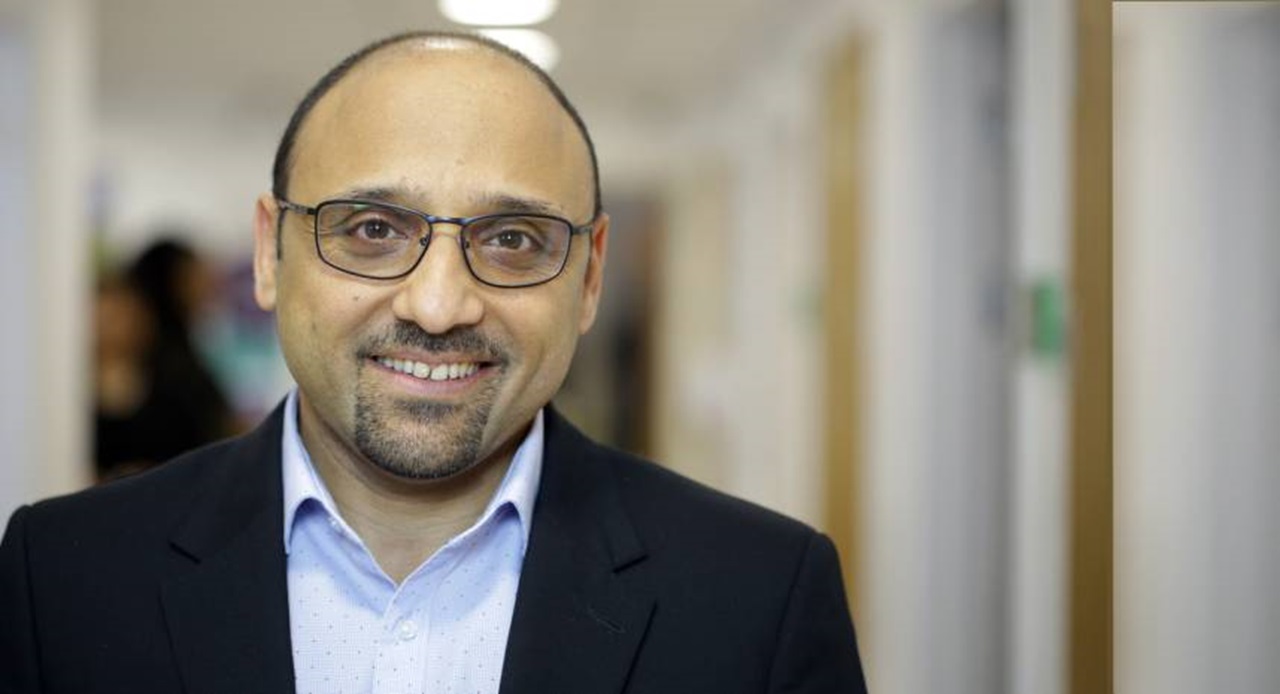
Mr Raef Faris has been working as a Gynaecology and Fertility consultant at the Lister Hospital since 2007

Kate Davies is an independent fertility nurse consultant. She worked for over 20 years in the UK’s National Health Service as a specialist nurse in Gynaecology, Sexual and contraceptive health and fertility, before founding Your Fertility Journey.
Want to get pregnant faster? Learn how to increase your fertility through your diet and get tips for maximising sperm count to significantly boost your chances. Plus, why understanding your ovulation cycle is also essential to pinpoint your most fertile days.
Stephanie has been a journalist since 2008, she is a true dynamo in the world of women's lifestyle and family content. From child development and psychology to delicious recipes, interior inspiration, and fun-packed kids' activities, she covers it all with flair. Whether it's the emotional journey of matrescence, the mental juggling act of being the default parent, or breaking the cycle of parenting patterns, Stephanie knows it inside out backed by her studies in child psychology. Stephanie lives in Kent with her husband and son, Ted. Just keeping on top of school emails/fundraisers/non-uniform days/packed lunches is her second full-time job.
-
 Fertility foods: 21 of the best foods for getting pregnant, according to a nutritionist
Fertility foods: 21 of the best foods for getting pregnant, according to a nutritionistMaking sure your diet is packed full of fertility food can improve your chances of getting pregnant. Here’s some of the best foods to eat
By Emily-Ann Elliott Last updated
-
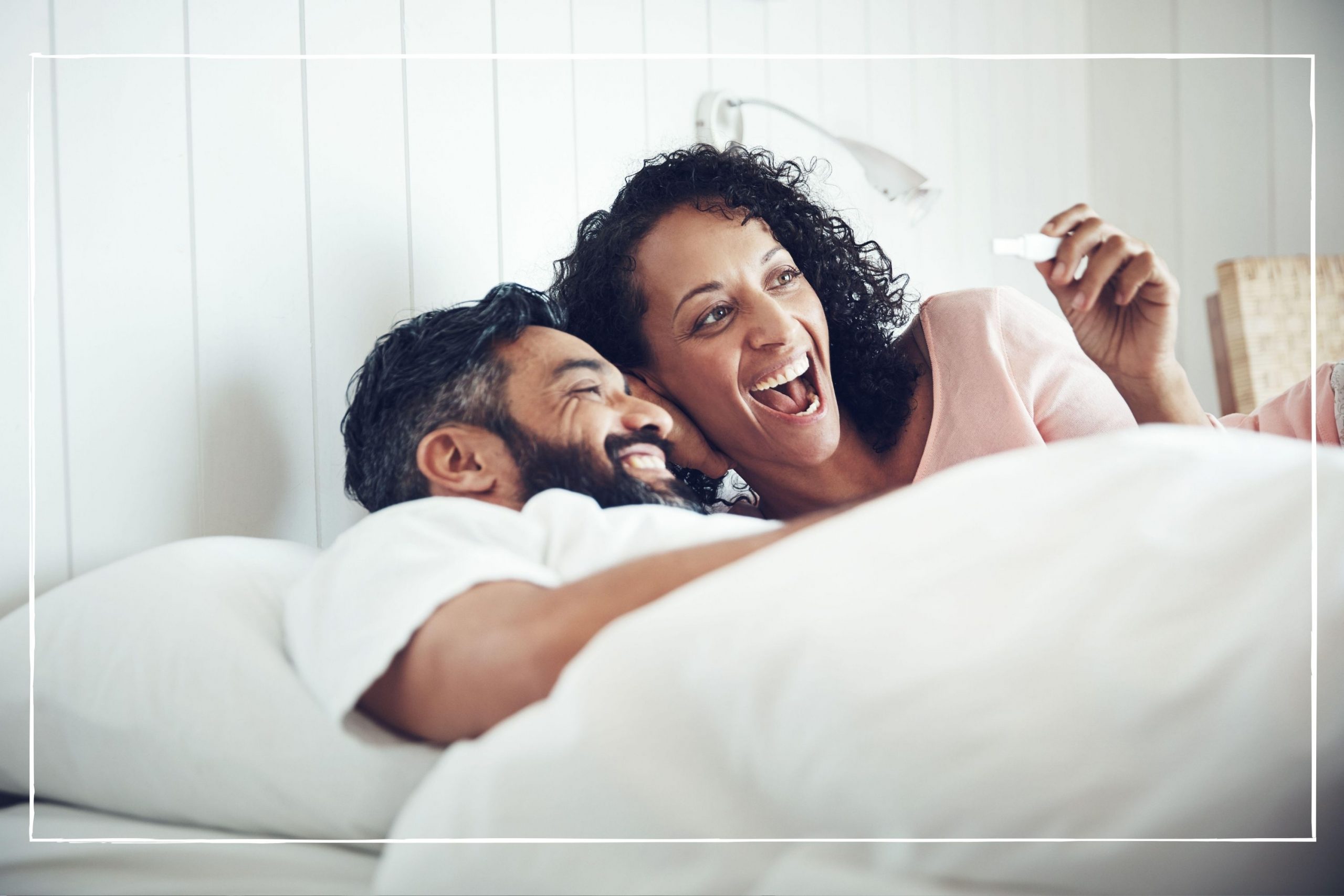 How to increase sperm count: 15 scientifically-proven tips to boost male fertility
How to increase sperm count: 15 scientifically-proven tips to boost male fertilityBy Tannice Hemming Last updated
-
 How to increase fertility: 40 ways to boost your chances of getting pregnant
How to increase fertility: 40 ways to boost your chances of getting pregnantAre you trying to get pregnant? Here's how to increase fertility and boost your chances of getting pregnant.
By Debra Waters Last updated
-
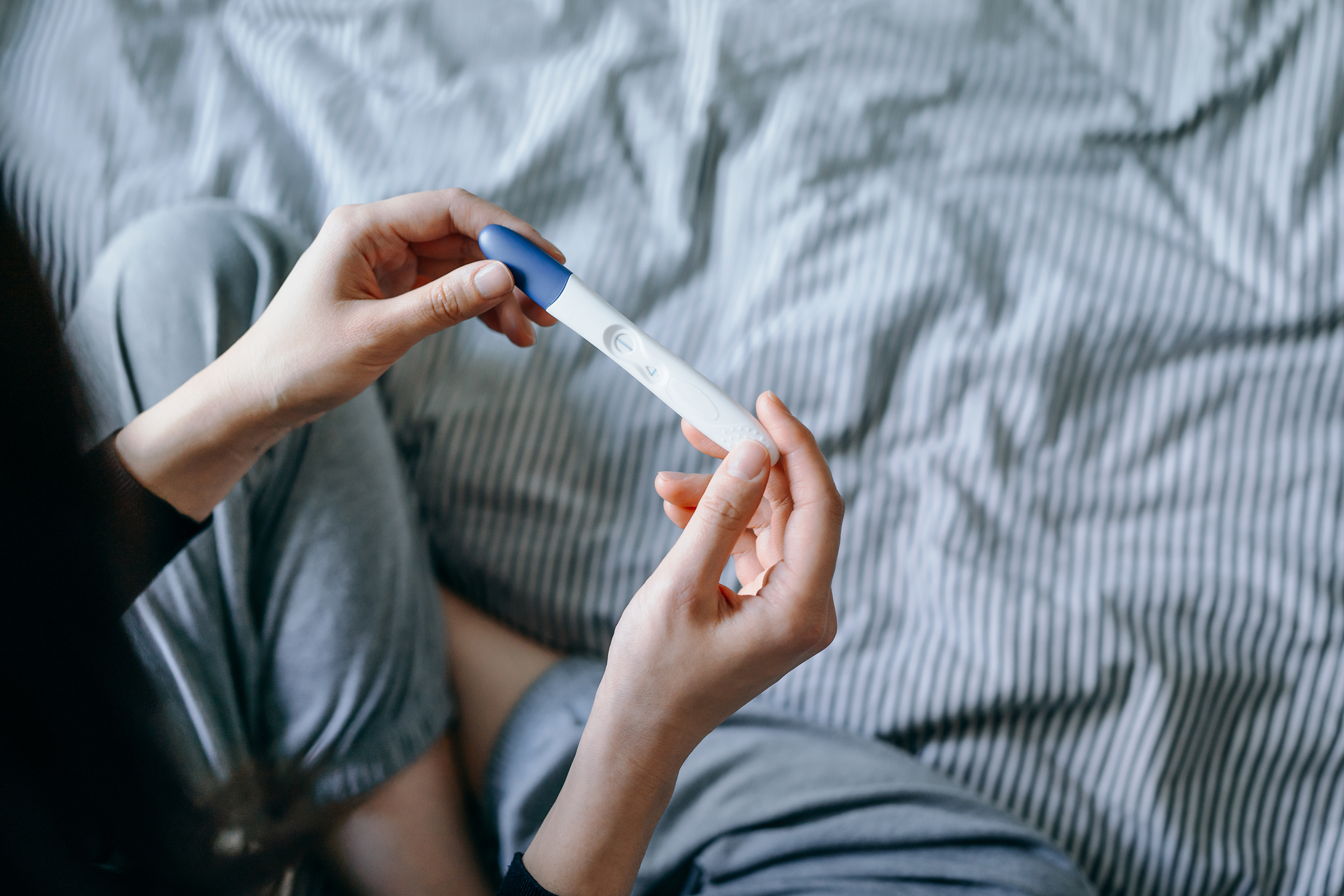 Why can't I get pregnant? 10 possible reasons you're struggling to conceive
Why can't I get pregnant? 10 possible reasons you're struggling to conceiveIf you've been trying for a while but haven't had any success yet, read these 10 possible reasons you've having problems getting pregnant.
By Debra Waters Last updated
-
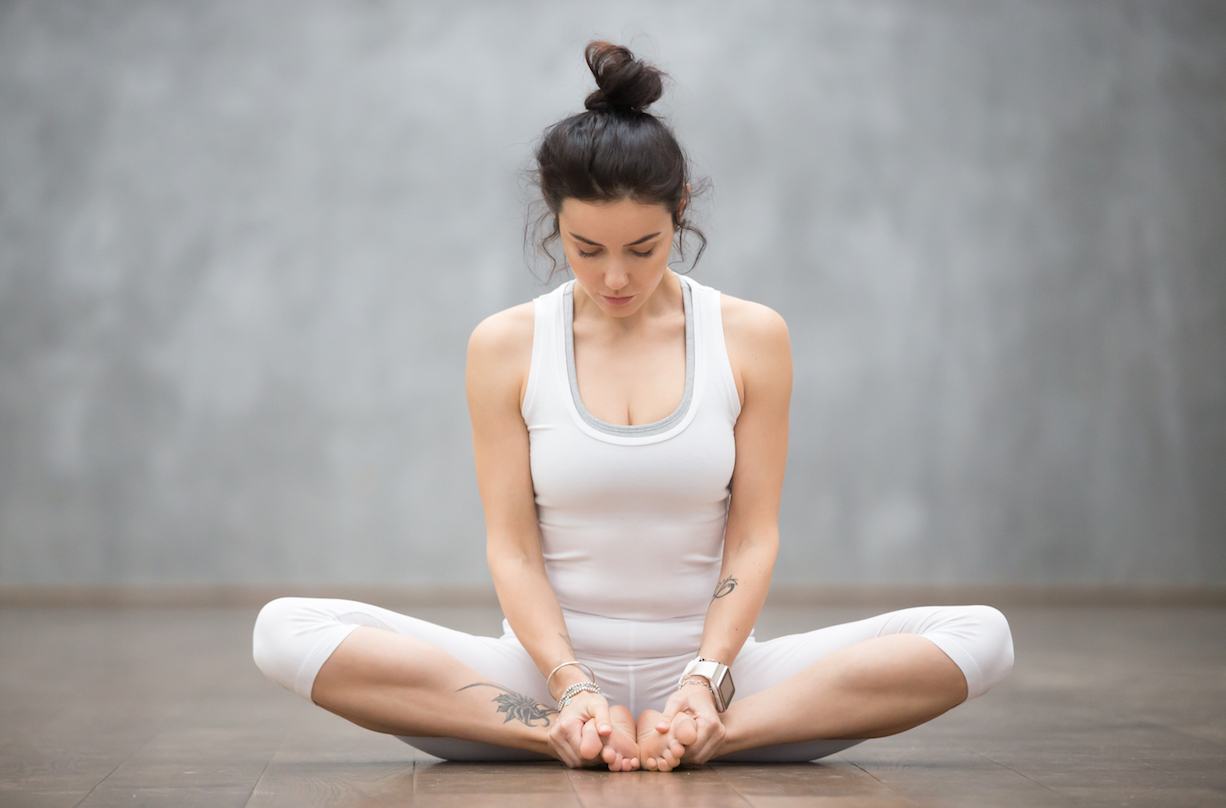 Fertility yoga: How doing yoga can help you to conceive
Fertility yoga: How doing yoga can help you to conceiveFertility yoga could help you conceive...
By Ali Horsfall Published
-
 When to get pregnant: the best time of year for a baby
When to get pregnant: the best time of year for a babyDid you know the season your child is born in can affect its health, as well as making a big impact on you and your health too?
By Jessica Dady Published
-
 How to get pregnant: 8 expert tips from fertility expert Larisa Corda
How to get pregnant: 8 expert tips from fertility expert Larisa CordaWondering how to get pregnant or are in the midst of trying? This Morning's fertility expert Dr Larisa Corda shares her top tips for boosting your chances of conceiving.
By Dr Larisa Corda Last updated
-
 What is the best age to have a baby?
What is the best age to have a baby?Take a look at pros and cons for each age group and decide for yourself...
By GoodtoKnow Published